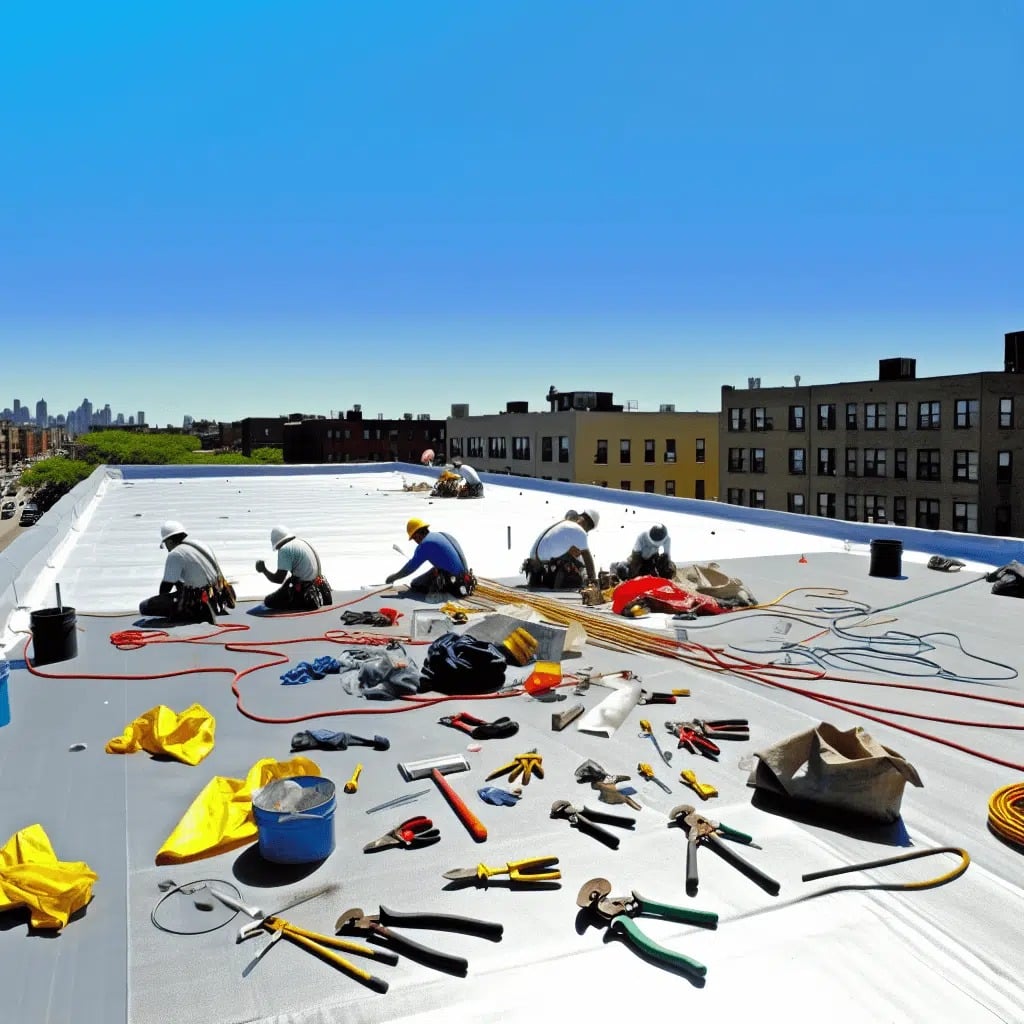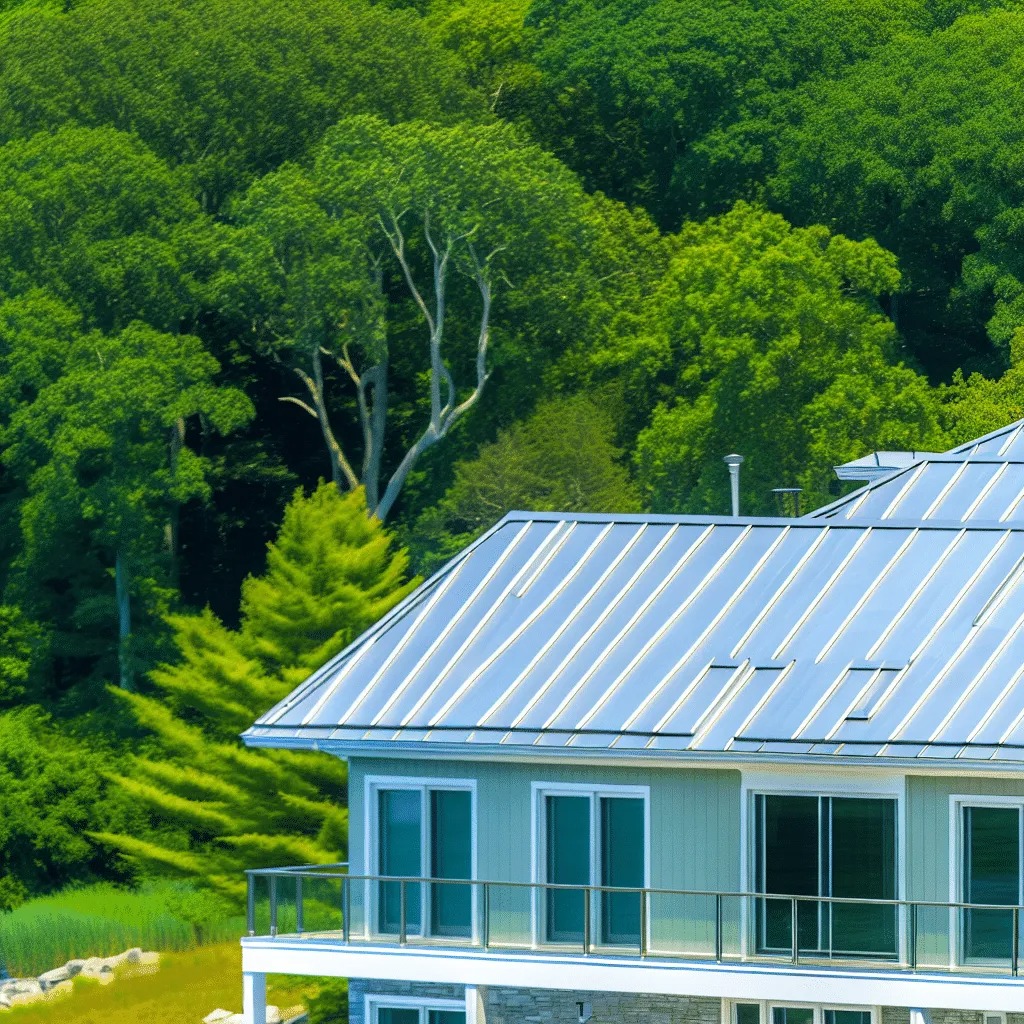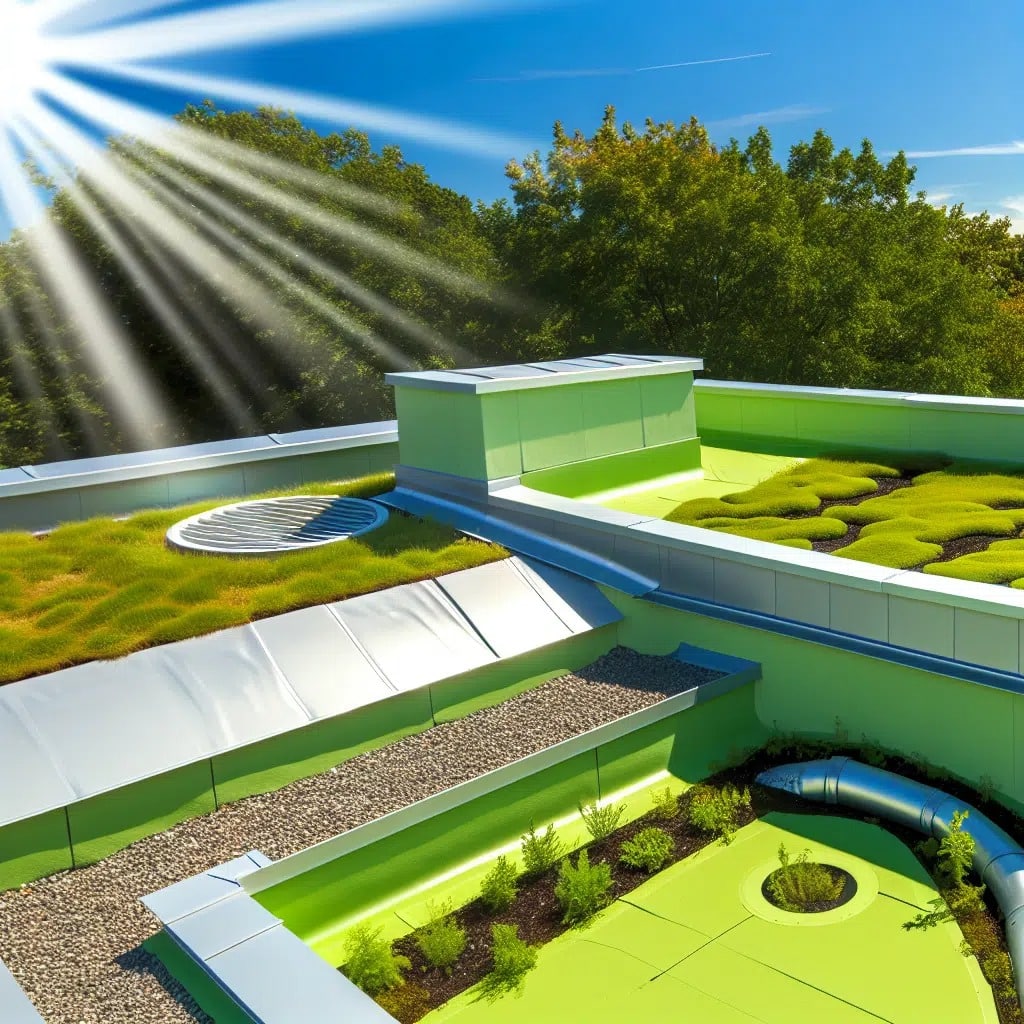The Urgent Need for Effective Garden Fencing
Gardens have become sanctuaries for many homeowners, a slice of nature that provides peace, beauty, and even sustenance. Yet without proper protection, these havens can quickly turn into feasting grounds for pesky invaders like deer and rabbits. That’s where the importance of a robust garden fence comes into play—a critical defense that preserves the integrity of your outdoor investment. With the arrival of warmer months and the uptick in gardening activity, ensuring your foliage and flowers are secured against intruders is not just wise; it’s essential. Gardens are vulnerable, and a strong fence is the first line of defense against the natural elements and wildlife that threaten their wellbeing.
Beauty Meets Functionality in Garden Fencing
A garden fence is much more than just a barrier; it’s a statement of style and a reflection of your home’s character. The right design not only serves its function but also enhances the overall beauty of your property. Striking the balance between form and function is key, and it starts with choosing a fence that harmonizes with your garden’s unique landscape. Having the right fence can create a stunning frame for your garden, providing structure and drawing attention to the areas you want to showcase. As such, the construction of a fence should be thoughtful and intentional, an endeavor that adds value in every sense to your home.
Making the Right Choice for Seasons to Come
As the summer season beckons us outdoors, it’s the perfect time to consider building or upgrading your garden fence. Selecting the right materials and design is not a luxury but a necessity if you want to enjoy your garden year after year. It’s about understanding not just the immediate needs but also how the fence will stand up to future challenges—a consideration of weather patterns, typical pests, and even the evolving tastes in garden design. Whether it’s a cozy nook for your morning coffee or a sprawling vegetable plot, your fence sets the stage for magical outdoor moments. Ultimately, a fence is an investment in the serenity and security of your garden, one that will yield returns with each blooming season.
Selecting the Ideal Materials for Durability
When diving into your garden fence project, the selection of materials emerges as a paramount concern. Your choice should be predicated on both longevity and aesthetics; natural woods like cedar stand the test of time and provide a classical appearance that many find appealing. Alternatively, innovative materials such as vinyl offer resilience against the sometimes harsh New England weather without sacrificing beauty. Through thoughtfully selected materials, your fence can become a longstanding feature that requires minimal maintenance while continuing to look fresh and inviting. Exploring eco-friendly options also contributes positively to the environment and can result in a unique, conversation-starting component of your backyard.
Designing a Garden Fence That Complements Your Landscape
An artful approach to fence design can not only shield your blooms but also elevate your entire garden. Consider the layout of your green spaces—do you want an open, inviting garden or a private, secluded retreat? Your fence can help achieve this ambiance, acting as the canvas to which your garden’s theme is painted. Strategic placement of climbing plants or the creation of a trellis within the fence can contribute to a verdant, living wall that breathes life into your backyard. Remember, the fence you build today sets the tone for your garden’s future charm and welcoming nature.
Mastering the Process of DIY Fence Installation
With the right guidance, installing a garden fence can transform from daunting to doable. Equipping yourself with a detailed plan and sequence of actions ensures that the process unfolds smoothly. Each step from digging post holes to securing panels should be carried out with precision for a result that’s both proudly constructed and structurally sound. Safety should never be compromised, and utilizing proper tools and techniques is key to avoiding mishaps. Taking the DIY route can instill a sense of accomplishment and ownership that elevates your garden’s personal connection.
Ensuring Long-Term Stability and Security
Properly maintaining your garden fence is essential to its longevity and function. Seasonal shifts in weather, particularly in climates like that of Rhode Island, insist upon regular inspections and potential touch-ups. Look for signs of wear such as loose boards or rusting hardware, and address these issues promptly to prevent larger complications. It’s not just about fixing problems when they arise; proactive care, such as applying a protective sealant or performing routine cleaning, can go a long way. Remember, a well-maintained fence is less likely to succumb to the ravages of time and weather, keeping your garden secure and looking great for years to come.
Integrating Your New Fence with the Garden Ecosystem
A fence is more than a boundary—it’s a backdrop for your garden and a part of the ecosystem you’ve cultivated. As you plan your garden layout, consider the interplay between planting areas and fence lines. Design with biodiversity in mind; a fence can support an array of flora and fauna, encouraging a rich tapestry of life. It’s also an opportunity to express creativity by hanging planters or incorporating lighting for evening ambiance. By integrating the fence into your garden, you’re crafting a cohesive space that not only serves a practical purpose but also contributes to the biodiversity of your sanctuary.
Wrapping Up: A Garden Fence to Treasure
As we conclude, remember that your garden fence embodies the care and effort invested into your garden. Each board placed, each nail hammered, contributes to the overall health and beauty of your outdoor space. It promises a season filled with growth and vitality, standing as a testament to your dedication to your home and garden. This fence isn’t just a structure; it’s a commitment to preserving the fruits of your labor—a haven from the bustle of daily life. Whether it’s sipping morning coffee by the roses or harvesting vegetables at sunset, your fence is integral to the serenity and enchantment of your garden experience.
Insights From The Experts
Tip 1:
Choose materials that are both aesthetically pleasing and functional for your garden fence. Cedar or vinyl offer durability against the elements and pests, ensuring your garden’s protection lasts through the seasons.
Tip 2:
Consider the height and design of your fence carefully. A properly sized fence can deter wildlife while adding structure to your garden’s layout without overshadowing your beautiful plants.
Tip 3:
Incorporate easy-to-use gates or removable sections in your fence design for convenient access. This ensures you can perform garden maintenance or adjustments without any hassle.
Tip 4:
Engage with local experts or reach out to a professional for advice on local climate considerations. They can offer tailored advice to ensure that your fence will stand up against local weather conditions.
Tip 5:
Regular maintenance is key to extending the life of your garden fence. Inspect your fence seasonally for signs of wear or damage and address issues promptly to maintain its integrity and appearance.
Expert Answers to Your Fencing Queries
What is the best material to use for a garden fence to ensure longevity?
Cedar is often hailed as the ideal material for a garden fence due to its natural resistance to rot and insects, ensuring a long-lasting structure.
How can I design a garden fence that complements my landscape?
Consider your landscape’s theme and choose a fence style that enhances your garden’s natural contours and color palette, creating a harmonious outdoor space.
What are the steps for a DIY garden fence installation?
Start with planning the layout, then dig post holes, set the posts with concrete, attach rails or panels, and finish with decorative elements and a protective coat.
How often should a garden fence be maintained for optimal condition?
Inspect your fence at least twice a year, ideally in spring and fall, to repair damage and apply treatments for weatherproofing and pest prevention.
Can I integrate a garden fence with existing landscaping features?
Absolutely, align your fence with existing garden paths, beds, or features for a seamless addition that complements rather than competes with your landscaping.



